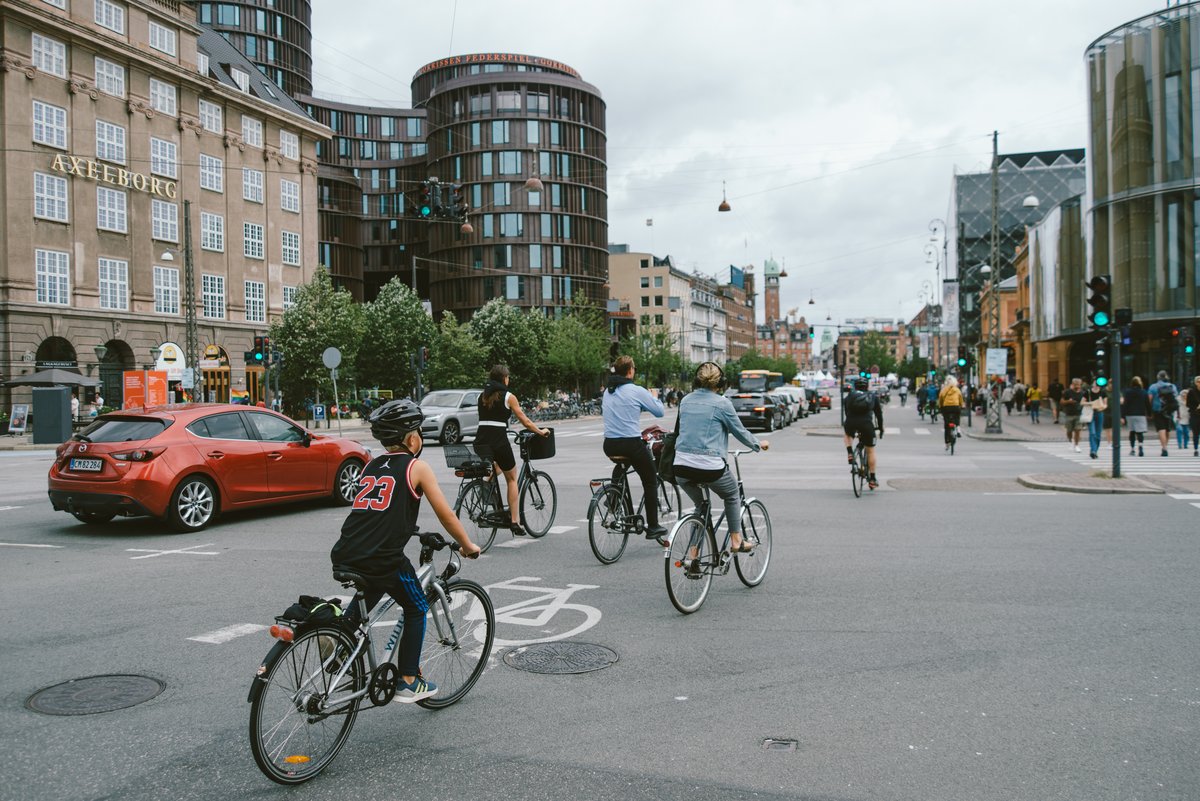TRANEX stands for "Traffic Noise Exposure Model," which is an exposure model for traffic noise. It was initially developed and validated by Gulliver et al. (2015). It is an open-source model based on the modified British method, Calculation of Road Traffic Noise (CoRTN). The TRANEX model has been used in several EU countries and elsewhere (Khan et al., 2021). The model is characterized by its ability to utilize modern computational methods for noise calculations over large geographic areas.

Model description
The CoRTN method provides the hourly noise level exceeded 10% of the time, known as A-weighted L10 or LA10,1hr. This calculation includes a baseline noise level computed 3.5 meters from the curb and 0.5 meters above the ground. Furthermore, several corrections are applied to calculate the final noise level for a specific receptor location. These corrections include the following:
• Traffic speed and the number of vehicles on the road
• Type of road surface
• The slant distance between the road and the receptor
• Any barriers or shielding between the road and the receptor
• Effect of the type of ground surface
• The slope of the road
• Reflections from buildings on the opposite side of the road
TRANEX largely follows the CoRTN method in terms of handling source geometry, calculating road distances, traffic on minor roads, road surfaces, tunnels, and road gradients. However, as specified in the European Noise Directive, it also includes standard noise parameters such as LAeq1hr, Lnight, etc. These parameters are used to assess noise levels over specific periods and are essential for noise mapping and exposure assessment. Using parametric equations provided in Gulliver et al. (2015), TRANEX estimates the final noise level.
During the noise calculation, a circular buffer with a radius of 500 meters (variable distance) is created around each receptor. This buffer is then intersected with the traffic source points. If there are no traffic source points within the 500-meter buffer, another buffer with a radius of 1000 meters (variable distance) is created, and the process is repeated. This ensures that the nearest major road is included in the noise calculation. After creating the circular buffer and intersecting it with the traffic source points, a ray path is generated using straight-line geometry between the receptor and each traffic source point. These ray paths are then intersected with buildings and the type of ground surface. This step is necessary to account for corrections due to shielding (buildings) and ground surface, which can impact noise levels at the receptor location.
References and Related Literature:
Khan, J., Ketzel, M., Jensen, S. S., Gulliver, J., Thysell, E., & Hertel, O. (2021). Comparison of Road Traffic Noise prediction models: CNOSSOS-EU, Nord2000 and TRANEX. Environmental Pollution, 270, 116240. DOI: https://doi.org/10.1016/j.envpol.2020.116240.
Gulliver, J., Morley, D., Vienneau, D., Fabbri, F., Bell, M., Goodman, P., ... & Fecht, D. (2015). Development of an open-source road traffic noise model for exposure assessment. Environmental Modelling & Software, 74, 183-193. DOI: https://doi.org/10.1016/j.envsoft.2014.12.022.